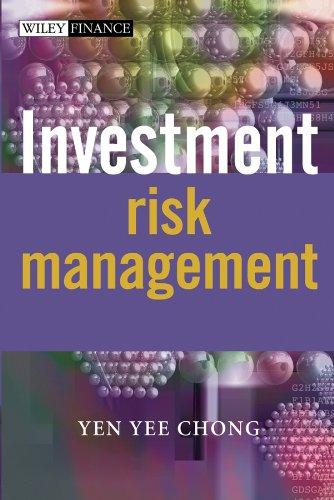Assignment 2: Finance Capital Budgeting Case (30\%) Drill Maker Sdn Bhd has developed a new hand drill that would be used for woodwork and carpentry activities. It would cost RM1 million to buy the equipment necessary to manufacture the drills, and it would require and initial net operating working capital equal to 10% of year 1 sales. The project would have a life of 5 years. If the project is undertaken, it will be discontinued at the end of the 5 years. The firm believes it could sell 6,500 units per year. The drills would sell for RM250 per unit, and variable costs would amount to RM180 per unit. The company's fixed costs would be RM100,000 at Year 1 and would increase with inflation. After the first year the sales price and variable costs will also increase at the inflation rate of 3%. The annual Net Operating Working Capital (NOWC) will be 15% of next year sales. Accordingly, Year 1 NOWC will be based on Year 2 Sales, respectively. All NOWC will be recovered at end of Year 5. The equipment would be depreciated over a 5 -year period, using the straight-line method. The saivage value of the equipment at the end of the project's 5 -year life is RMS0,000. The company however estimated the machine can be sold for RM60,000. The corporate tax rate is 25%. The project's returns are expected to be highly correlated with returns on the firm's other assets. The cost of capital is 12%. a. Prepare a spreadsheet cash flow analysis of the project. b. Calculate the project's NPV, IRR, and payback from the spreadsheet in part a. c. Conduct a sensitivity analysis to determine the sensitivity of NPV to changes in the sales price, number of units sold, the variable costs per unit, fixed costs and the cost of capital. Set these variables' values at 20% above and 20% below their base-case values. Include a graph in your analysis. d. Conduct a scenario analysis. Assume the following scenarios. - Scenario 1: Best-case condition the sales price increase by 10%, number of units sold 7,000 units, variable costs per unit and fixed cost increase 5% from the original basecase value. - Scenario 2: Worst-case condition, with increase in the variable and fixed cost by 25% and with no change in the unit sales and unit price from the base value. - Calculate the Expected NPV, the Standard Deviation of the NPV and the project's coefficient of variation? The best-case scenario and the base case each have a 40% probability while the worst case has a 30% probability. e. On the basis of your analysis, would you recommend that the project be accepted? What added advise and special attention would you give for the company with regard to the project? \begin{tabular}{|l|l|l|l|l|l|l|} \hline 1 & Year & 0 & 1 & 2 & 3 & \\ \hline 2 & Initial Cost & & & & \\ \hline 3 & Units Sold & & & & \\ \hline 4 & Price per unit & & & & \\ \hline 5 & Sales & & & & \\ \hline 6 & Variable cost per unit & & & & \\ \hline 7 & Variable cost & & & & \\ \hline 8 & Fixed Cost & & & & \\ \hline 9 & Depreciation & & & & \\ \hline 10 & Operating Profit Before Tax & & & & & \\ \hline 11 & Tax (25\%) & & & & \\ \hline 12 & Operating Profit After Tax & & & & & \\ \hline 13 & Net Working Capital (NWC) & & & & & \\ \hline 14 & Change in NWC & & & & \\ \hline 15 & Terminal Value & & & & \\ \hline 16 & Tax on Terminal Value & & & & \\ \hline 17 & Cash Flow & & & & \\ \hline 18 & Present Value Cost of Capital & & & & \\ \hline 19 & Present Value Cash Flow & & & & \\ \hline 20 & Net Present Value (NPV) & & & & \\ \hline \end{tabular}








